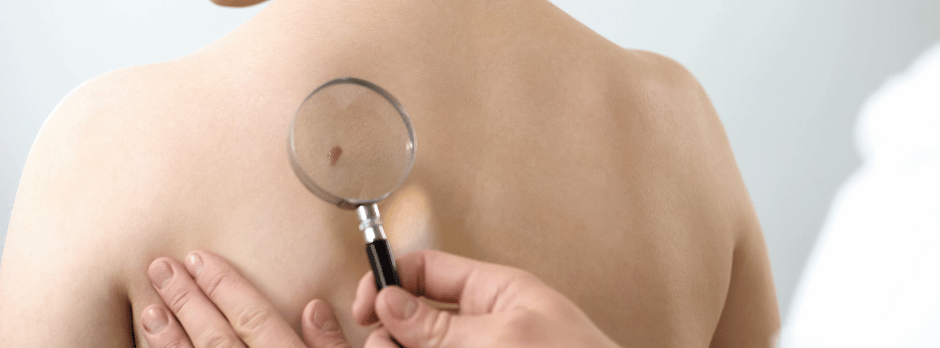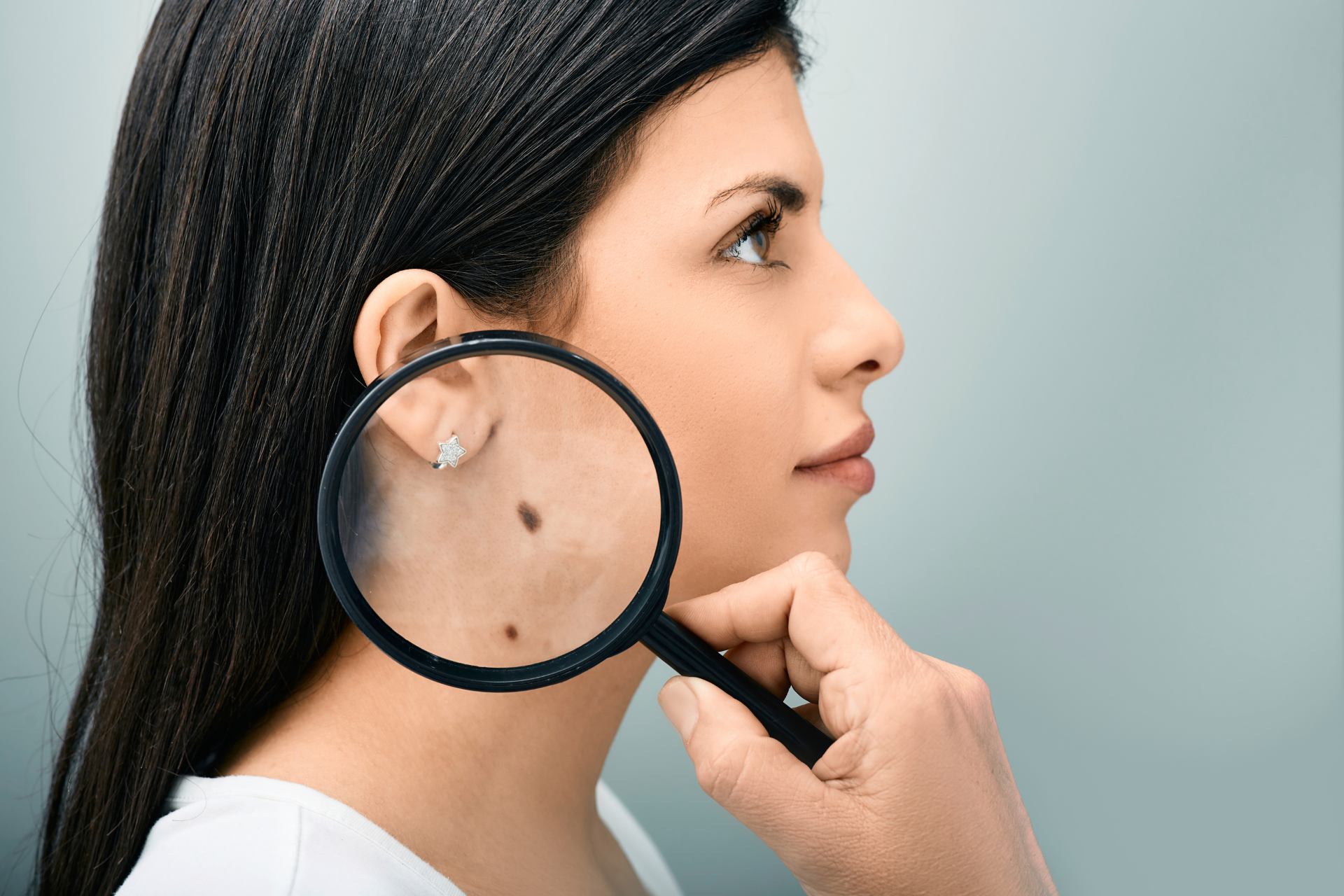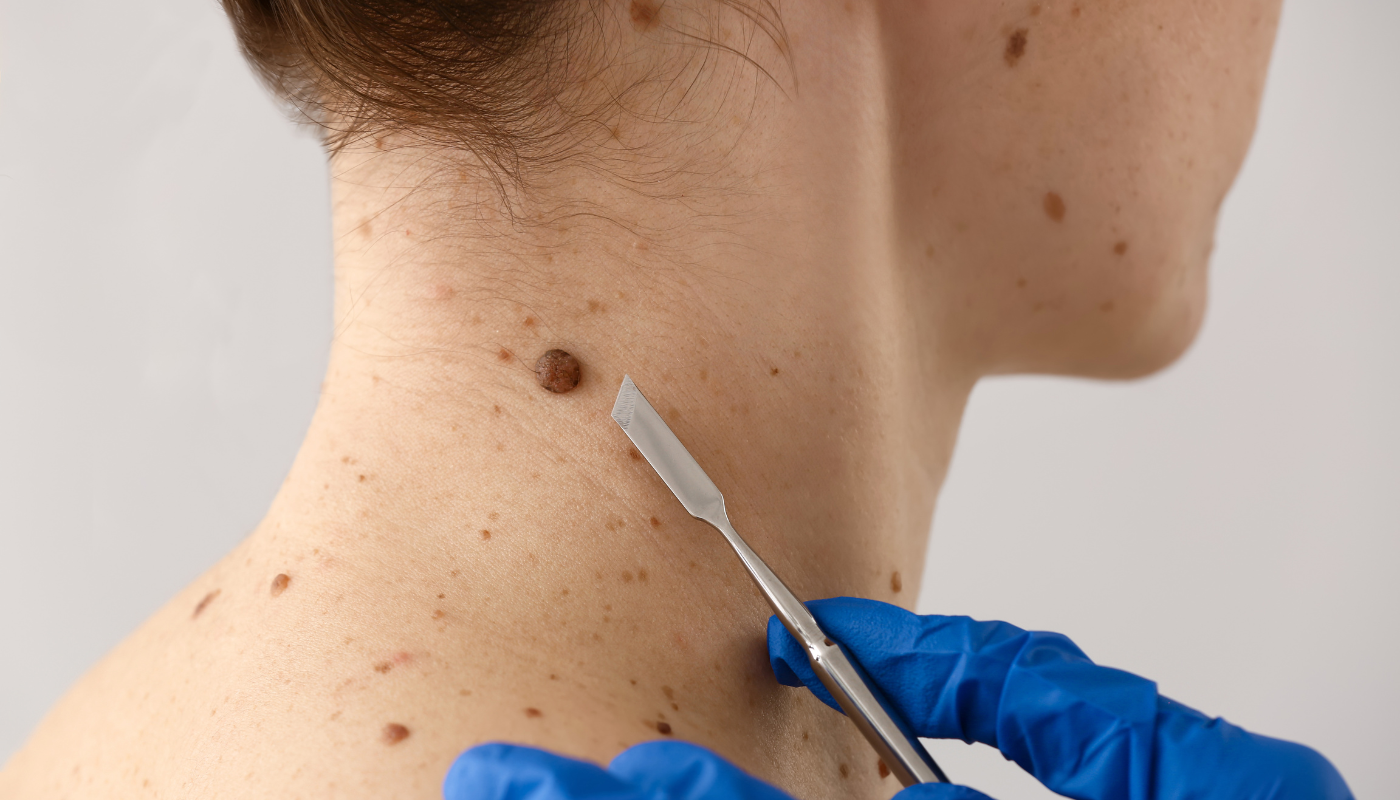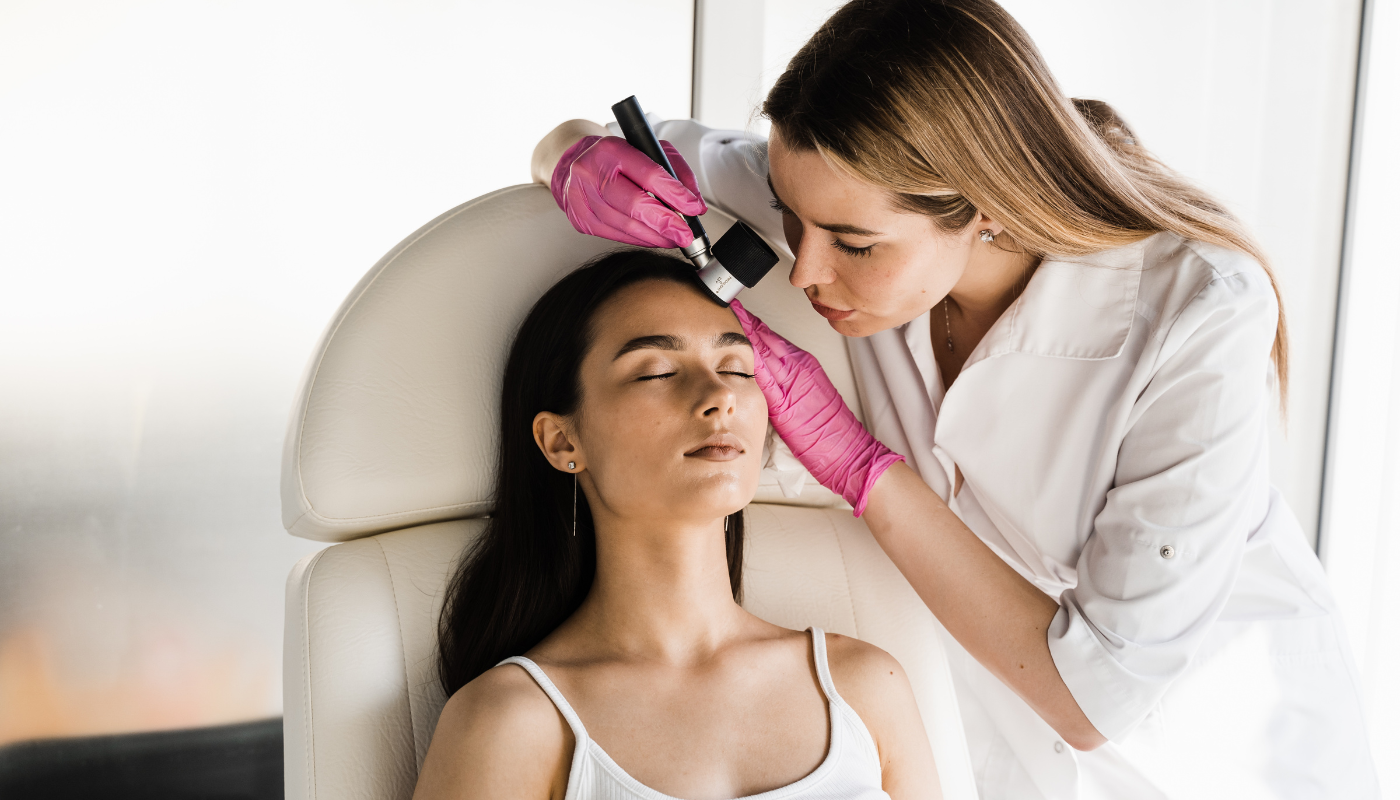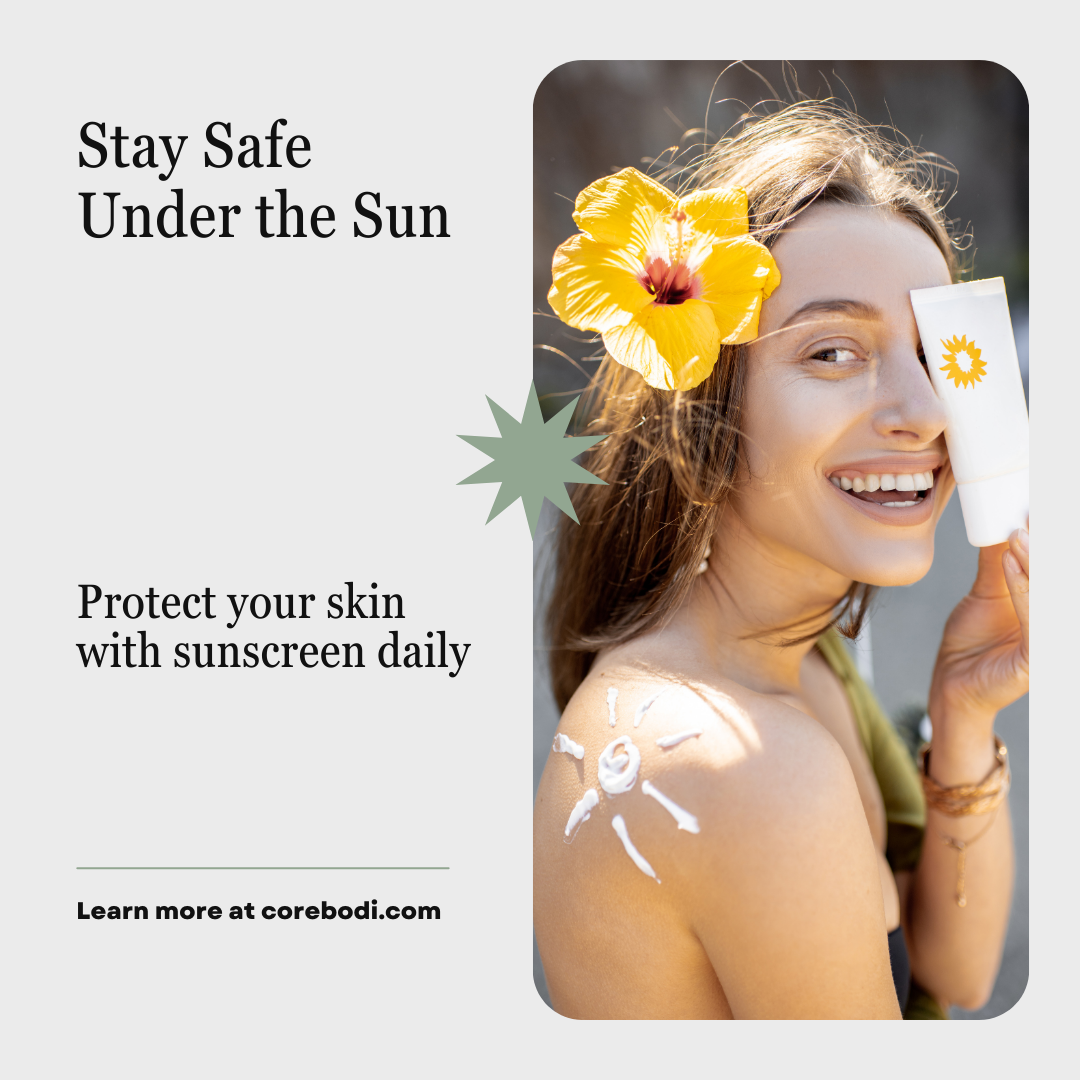How to Identify Melanoma
What Does Melanoma Look Like?
Melanoma is the most serious form of Skin Cancer.
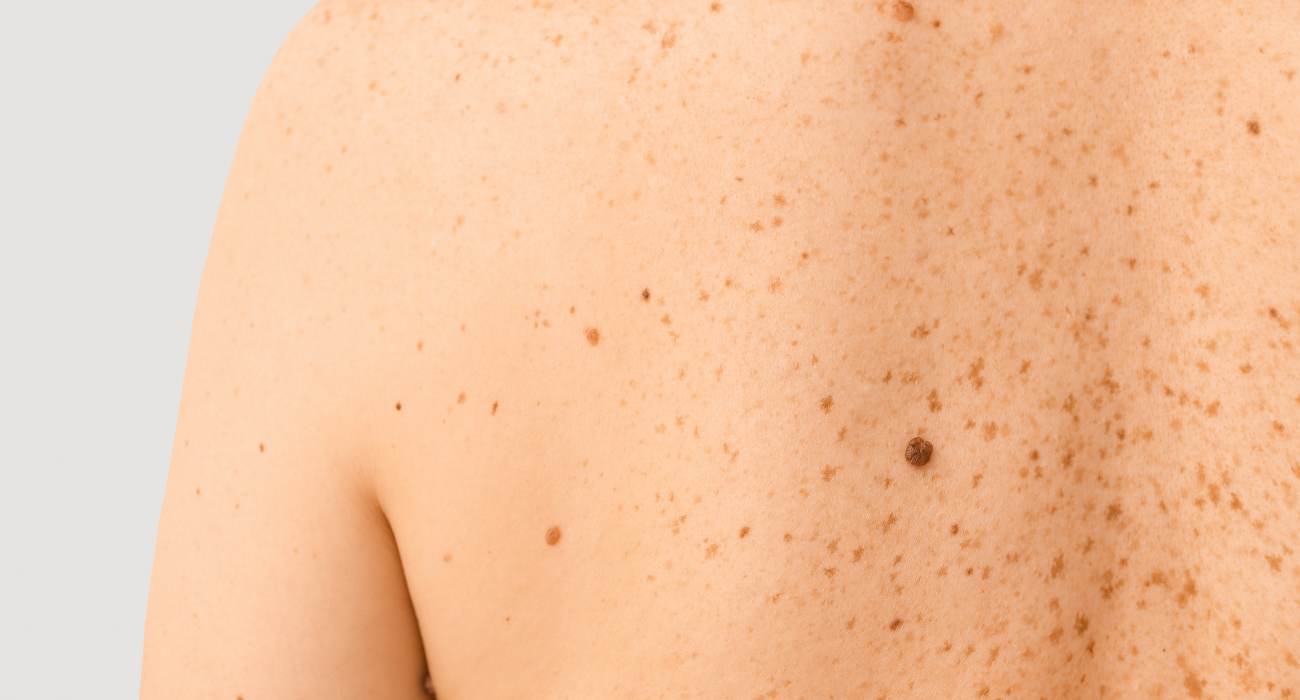
Melanoma is the most serious form of skin cancer — it can spread very quickly and can become life threatening.
However, if it is found early, it is generally treatable, and in most cases beatable.
Here's some important information to help you know what to look for when you’re checking your skin.
The most obvious warning signs of melanoma are changes to your skin or moles.
Specifically, it is important how they look or feel.
Early warning signs can go unnoticed if you do not check your skin regularly. These changes are not always accompanied by pain.
Australia has one of the highest rates of melanoma in the world!
What more reason do you need to check your skin early and often?
It's essentail to have a professional skin check every year.
So what do you need to look out for? Read on to find out.
Moles – what’s normal?
Most moles appear when we’re children or young adults. In general, normal moles are:
- Evenly-coloured brown, tan or black.
- Flat or raised on the skin.
- Round or oval and symmetrical in appearance.
- Most often, less than 6 millimetres across.
Your skin is constantly changing.
Moles usually increase in number during childhood and adolescence, reach peak in your 20s, then reduce with age. They can also increase in numbers with sun exposure and grow during pregnancy. If you notice a new mole that appears later in life, make sure you get it checked out.
Check for changes, early and often.
The most important warning signs of melanoma are any new spots on the skin or ones that change.
If you notice any variations such as a change in size, shape or colour, it could suggest a melanoma may be developing.
If you have a high number of moles (especially if you have more than 100 moles), you have a higher risk of developing melanoma and should have your skin and moles screened regularly.
Be aware of the ABCDE rule.
The ABCDE rule is a simple guide to checking for the early signs of melanoma.
Look out for the following:
- Asymmetry – the shape of one half doesn’t match the other.
- Border – the edges are often ragged, notched, blurred, or irregular in outline; the pigment may spread into the surrounding skin.
- Colour – the colour is uneven. Shades of black, brown, and tan may be present. Areas of white, grey, red, pink, or blue also may be seen.
- Diameter – size changes and usually increases. Typically, melanomas are at least 6mm in diameter (the diameter of a pencil).
- Evolving – look for new moles or changes to any moles.
Know the EFG rule
The EFG rule is another guide that recognises a type of melanoma known as nodular melanoma. This can grow and become life-threatening very quickly, so early detection and treatment is vital. Check your skin regularly,or better, book a full body skin check or a spot check.
Be aware of:
- Elevated — moles that are raised on the skin.
- Firm — moles that are firm to touch.
- Growing — moles that grow and change very rapidly.
What does nodular melanoma look like?
Nodular melanoma isn’t necessarily dark or coloured, but the obvious sign is that it is raised, often symmetrical, firm to touch, and most importantly, is changing/growing progressively.
In the early stages, the change might just be a sense of change rather than visible. It may be itchy, or just feels different.
This type of melanoma can affect anyone, but is generally much more common in men over 50. Nodular melanoma is serious because it grows fast, it can go deep very quickly (within a few months), which is why it’s so dangerous and needs early diagnosis and removal.
Anther important thing to consider is melanoma is serious and doesn’t always fit the ABCDE or EFG rules.
Keep a look out for any mole or skin lesion (abnormal spot) that is:
- different from others.
- changing in shape, size or colour.
- a new skin lesion.
- itches or bleeds.
It is very important that you bring it to the attention of your doctor immediately and accurately describe the symptoms and your reason for concern.
How can you spot melanoma yourself?
Learn how to check your skin regularly and get to know your skin well. It’s a good idea to do a self-check at least every three months.
The beginning of each season is an easy way to remember. Use a small mirror to check all areas, freckles and moles. If possible, ask someone to check the areas you can’t see, such as your neck, scalp, back, under your arms, the backs of your legs, and the soles of your feet.
If you spot any changes or you’re concerned about a mole or sunspot, it’s always best to get it checked out by a skin specialist.
More Skin Tips.
CoreBodi


